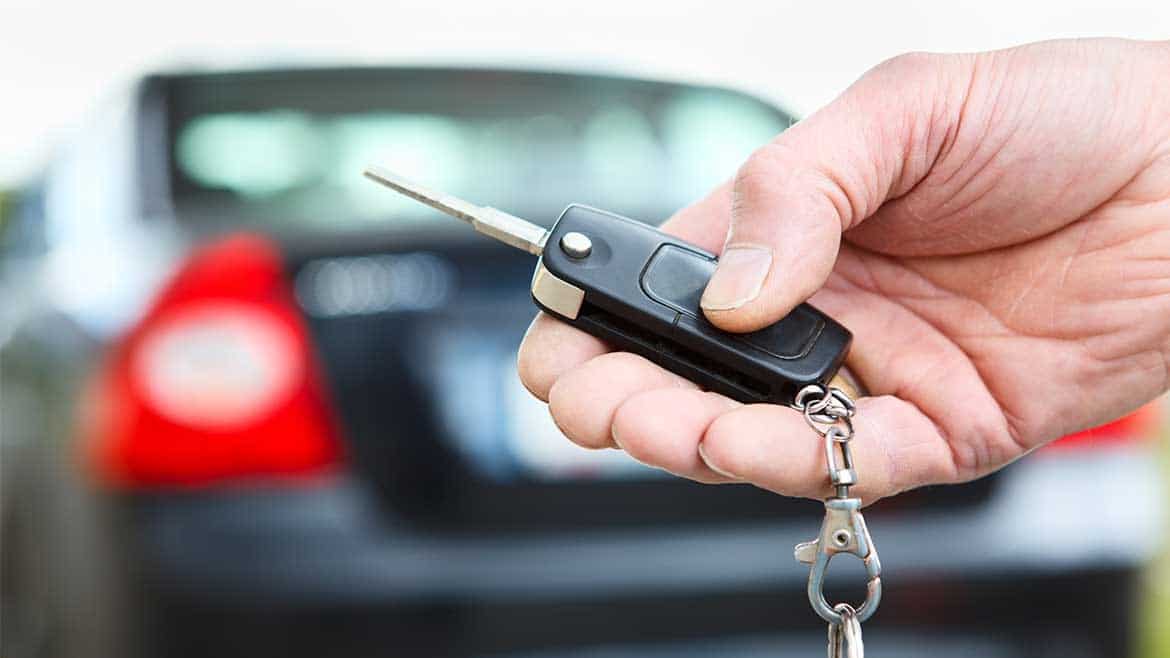Selecting the Best Auto Insurance Policy for Yourself

If you are purchasing auto insurance for the first time or upgrading your current policy, there are things you should be aware of when shopping around.
Determining the best auto insurance policy for you involves more than comparing costs. It also means getting the most effective coverage based on your financial income and lifestyle. Remember that car insurance not only protects you financially regarding auto damage and medical-related costs as related to a collision, but also protects your other personal property from liability.
Auto insurance rates can be influenced by multiple factors. The applicant’s vehicle, driving record, age, gender and the area in which he/she lives can determine coverage costs. It is important to be aware of what factors influence premiums, but at the same time, clients should also compare multiple car insurance quotes to find better insurance options.
Here are suggested steps to help you select the best policy for yourself:
1. Determine What Type And How Much Coverage You’ll Need
In most states, you must buy at least a minimum amount of coverage to drive legally. Each state has its own minimum-coverage limit for liability; for the of state of Hawaii the minimum amount required for bodily injury liability coverage is $20,000 per person and $40,000 per accident.
Although the amounts will meet the state’s minimum requirement, they won’t be adequate in the event of a serious accident. The insured amount needs to be large enough to protect your assets, such as home and investments. If your coverage isn’t sufficient to cover expenses and you are sued, anything you own can be in jeopardy. A single person with few assets may be tempted to skimp on the liability coverage, but anyone employed runs the risk of having their income garnished, even future earnings.
Here are other types of policy coverage to consider protecting yourself financially:
- Liability insurance: This pays for the repair of damage and the treatment of injuries other people suffer if you are at-fault for an accident.
- Personal injury protection (PIP): This would cover your and your passengers’ medical bills for accident-related injuries, no matter who caused the accident. PIP can also pay for lost wages.
- Uninsured and underinsured motorist coverage: This type of coverage would pay for your medical treatment if you were involved in an accident caused by another driver who doesn’t have insurance. Underinsuredmotorist coverage pays for your treatment if the driver doesn’t have enough liability coverage to pay all your medical bills.
- Other than Collision: This optional coverage is for when your car is stolen or damaged in ways that doesn’t involve a collision. Examples include: hail damage, glass breakage, fire, vandalism, damage from an animal, flood, earthquakes, falling objects and theft. Comprehensive insurance is limited to the value of your car at the time of the accident.
2. Comparing Costs and Policy Value
While costs should not be the sole reason in selecting a policy, it is an important factor based on your personal budget.
With the Internet, policy shoppers can do their own research in determining the lowest cost insurance. Web sites like Insureme.com and Netquote.com are one-stop sources for comparing insurance costs.
But regardless of how inexpensive your insurance premium could be, that should be weighed with the actual services provided by the insurance provider. For example, how prompt would customer service be in the event of an accident or other damage to the vehicle? Is there a 24-hour phone hotline for claims and follow-up calls? Also check whether your policy provides roadside assistance and rental reimbursement coverage, which pays for a rental car if your vehicle ends up in the repair shop due to an accident claim.
Every insurance company claims it’s less expensive than the next for the same reported coverage. Don’t believe everything you see or hear. Sometimes they can save you money and sometimes they can’t. So do your own cost-comparison research on both costs and provided services.
3. Check For Discounts
Discounts may be offered for a wide range of reasons, such as paid-in-full plan, bundling your auto policy with home or other cars and good-driver history. Some companies give discounts for anti-lock brakes, daytime running lights and airbags. Make sure you get every discount for which you qualify.
If you follow these steps, you should be able to find an auto insurance policy that is right for you. Or talk to your current insurance agent about your options!

